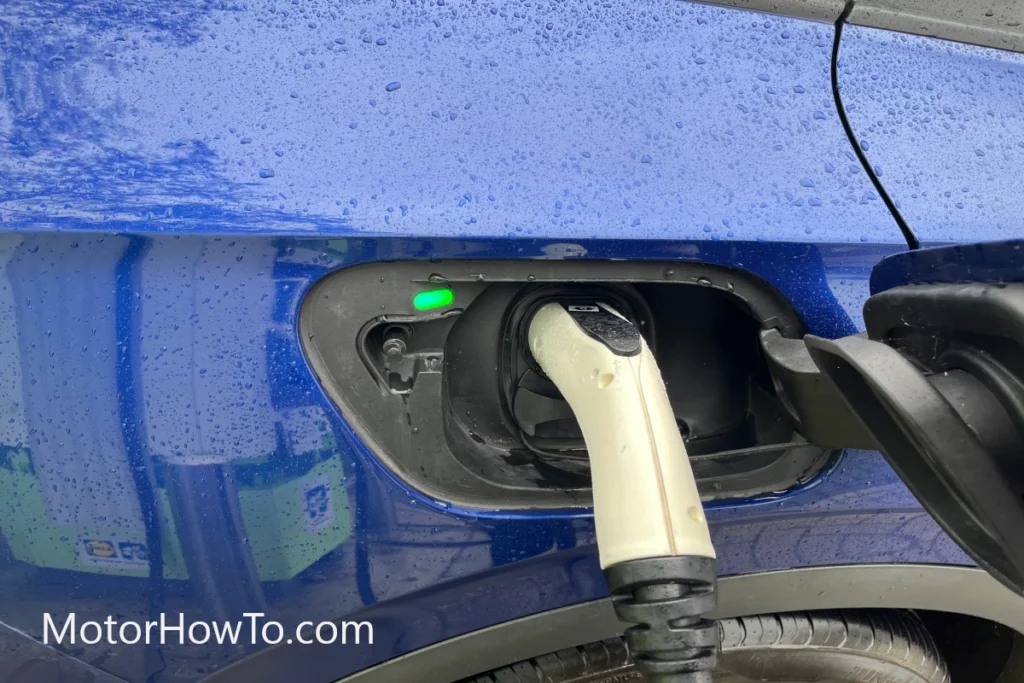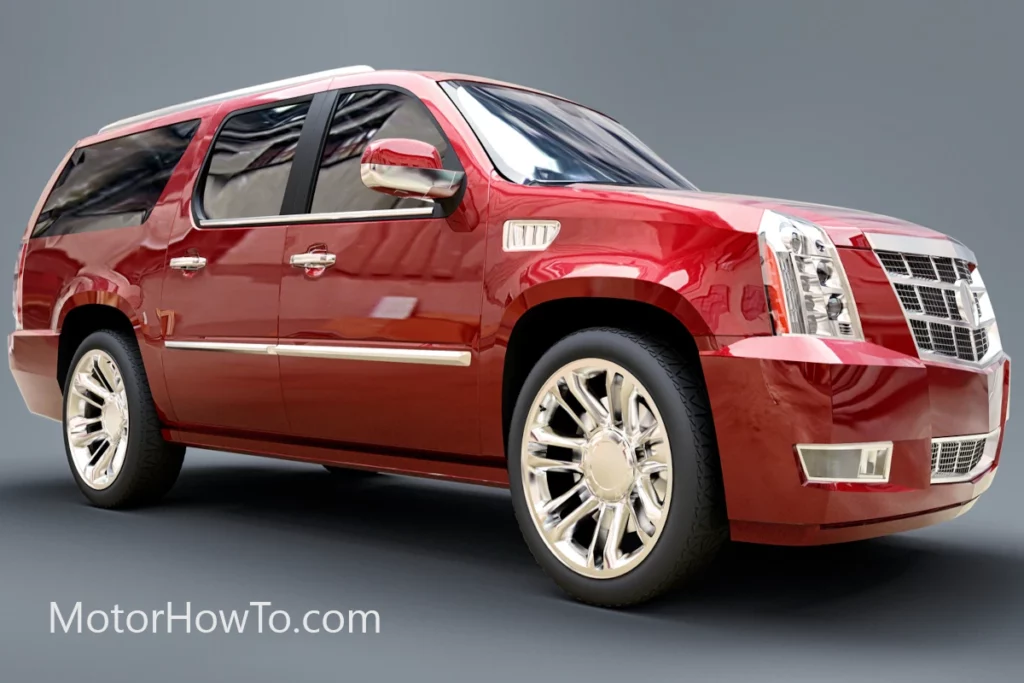The heater pulls heat away from the engine and into the cabin of the vehicle, thus cooling the engine.
Is it safe to use your heater when the engine is overheating? Or should you use the air conditioning to cool the engine?
Keep reading to find out!
Here’s why Your Heater Helps Your Car Cool Down When It’s Overheating
The car heater pulls heat produced by the engine into the cabin of the car. This is how the heater warms the interior of the car. If the engine is overheating, the heater helps by drawing the excess heat away from it and lowering the temperature.
- Here's why Your Heater Helps Your Car Cool Down When It's Overheating
- What Causes the Car to Overheat?
- How Can You Diagnose the Cause of Your Engine Overheating?
- Is It Safe To Keep Driving With The Heater On If The Engine Cools Down?
- Should You Regularly Use the Heater to Cool the Engine?
- Conclusion
- Sources
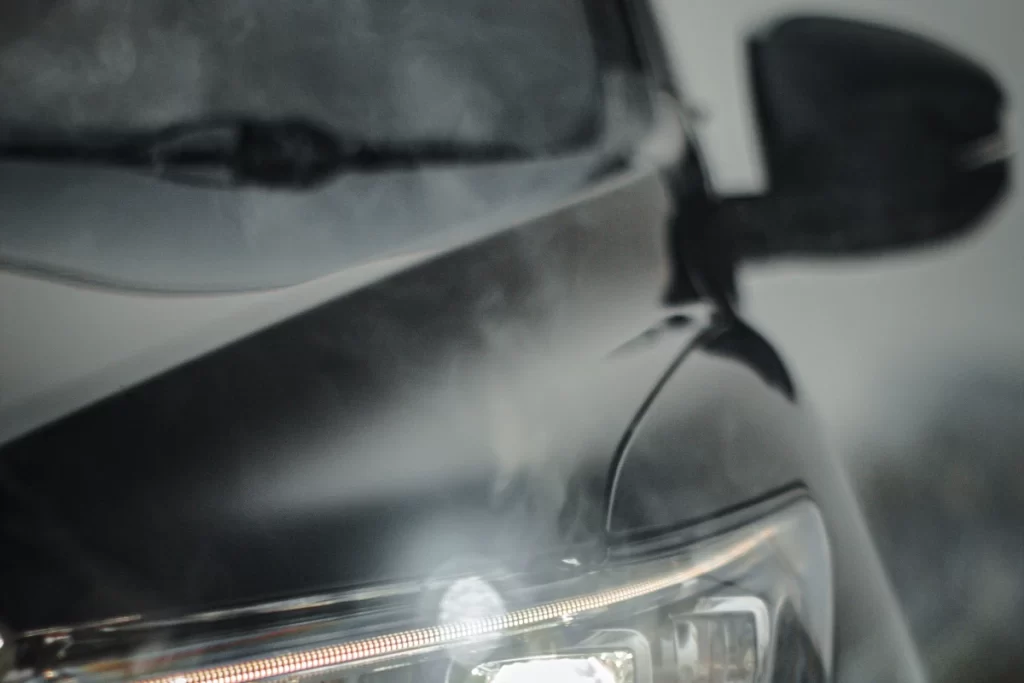
The car heater is an excellent example of recycled energy.
Recycled energy is essentially taking wasted energy and utilizing it for a secondary purpose. Car heaters utilize heat that is already being produced by the car engine and use to heat the vehicle.
This makes winter drives far more comfortable than they otherwise would be. However, it serves several secondary purposes aside from our comfort.
The car heater and A/C systems prevent moisture from building up in the exhaust. This prevents decay and malfunction inside the vehicle.
However, in an emergency, the heater can also prevent the engine from overheating. Since the heater pulls the heat away from the heater, it can lower the overall temperature.
When the engine coolant system malfunctions, the heater can prevent it from catching on fire. This can save your life and prevent severe damage when you’re on the road and see your car overheating.
Related:
- Why My Car Temperature Gauge Drops While Driving? (Solved!)
- What Causes A Car’s Temperature Gauge To Rise? (Troubleshooting & Fix)
- How To Tell If Car Is Overheating Without Gauge? (Solved)
What Causes the Car to Overheat?
Car engines can overheat for several reasons. However, most of these causes are linked to an issue with either the engine or the coolant system. Heat builds up as you drive the car; if nothing is cooling the engine, it can overheat.
Car engine coolant is one of the most essential parts of your car that is often overlooked.
The coolant system is located near the engine combustion center. This allows it to work in tandem with the engine as it powers the car.
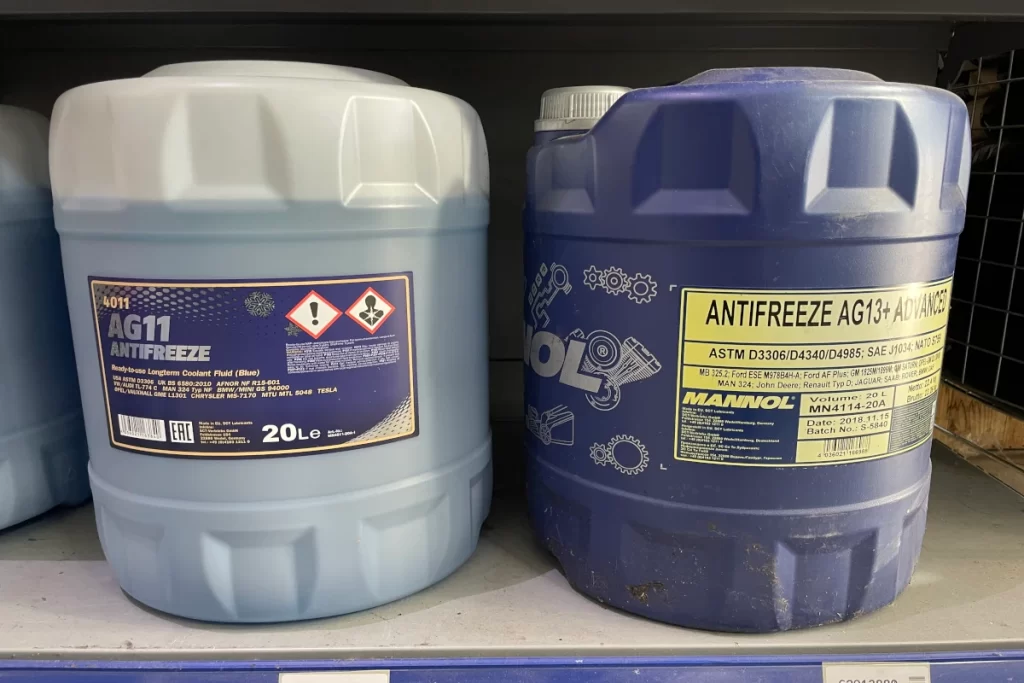
Engine coolant is a combination of anti-freeze and water.
Some brands have different added chemicals, but these are the general ingredients for all coolant fluids. This liquid is used to cool the engine and lubricate various cogs and pistons in the system.
Internal combustion engines are a form of heat energy. As the pistons circulate within the system, they produce friction which sparks the fuel.
This heat energy is similar to a train engine or plane engine and requires regular cooling.
Combustion can quickly produce temperatures over 1,300 degrees Fahrenheit.
This is hot enough to melt aluminum. The engine could easily exceed this temperature if it wasn’t for the coolant system.
The coolant system pumps water and anti-freeze over the various parts of the combustion engine. Without this system, the car can suffer several internal issues. Some of them take time to develop, but others can surface immediately.
How Can You Diagnose the Cause of Your Engine Overheating?
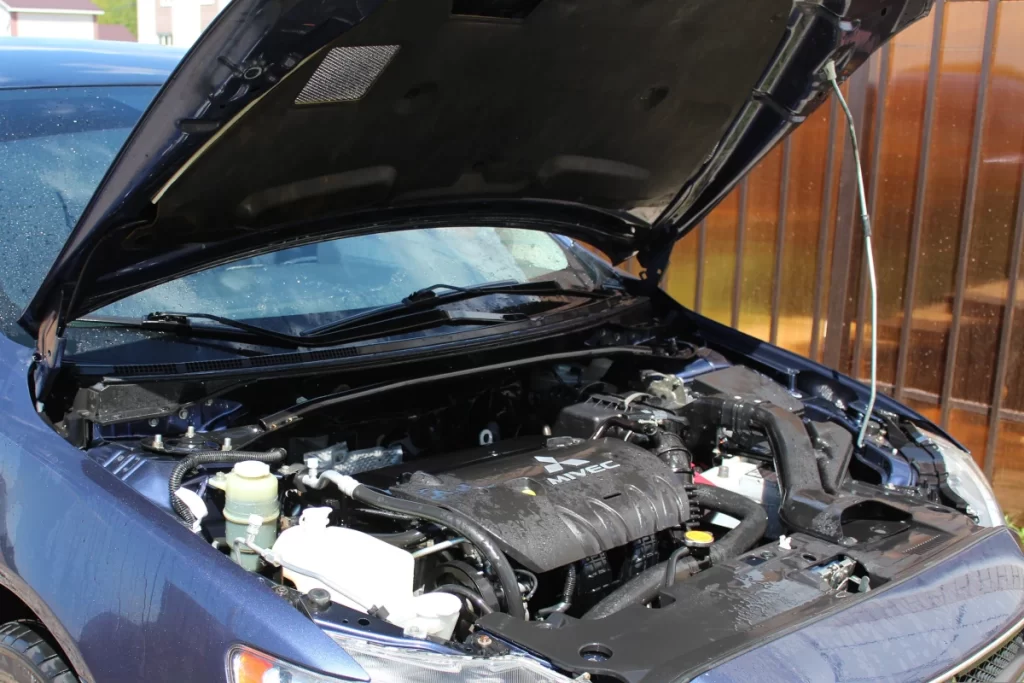
The primary cause of an overheated engine is an issue with the coolant system. However, the reason could be a clog, a leak, or an empty coolant reservoir. You will need to investigate to determine the probable cause of an overheating engine.
One of the key signs that your engine is overheating is the presence of smoke or steam. This is usually the first scene as white or grey plumes rise from your hood while driving the vehicle.
The first place you should look when your engine overheats are your engine’s coolant system.
However, do not open anything or pour anything inside the machine until it’s cooled off.
Adding coolant to a hot engine could damage the engine or coolant system. When overheated, a car can easily exceed 1-2,000 degrees Fahrenheit. Adding coolant, which is probably between 40-70 degrees Fahrenheit, could destroy your car’s systems.
You could go from having a malfunctioning coolant system to a cracked coolant system. If this happens, you’ll probably need to replace the whole system, which is far more expensive.
If you notice your coolant system is empty wait for the car to cool and replenish the canister. Wait a few minutes and check under your car. If you see puddles forming under your car, you might have a leak in your coolant system.
Be extra careful not to spill coolant while pouring it into your canister. This won’t hurt your systems, but it makes diagnosis a little difficult since the spilled liquid will pool under the car.
If the coolant doesn’t seem to be leaking, then the cause could be the pump. The coolant or water pump circulates coolant over the engine and other parts of the system. If this is broken, jammed, or otherwise impeded, then the coolant won’t be distributed properly.
This will require an expert diagnosis and repair.
Last, the most unlikely cause is a faulty sensor. This could cause two things, one of which is serious while the other is annoying but not serious.
- Serious: Faulty sensor not triggering the coolant system, causing the engine to overheat
- Annoying: Faulty sensor indicates your car is overheating on the dashboard, but the engine isn’t really overheating
Either way, the sensor must be fixed as soon as possible. Even if your sensor is giving you false information, it could still cause serious damage to your car. There’s no way to know for sure if the car is actually overheating, so you should get this fixed right away.
Is It Safe To Keep Driving With The Heater On If The Engine Cools Down?
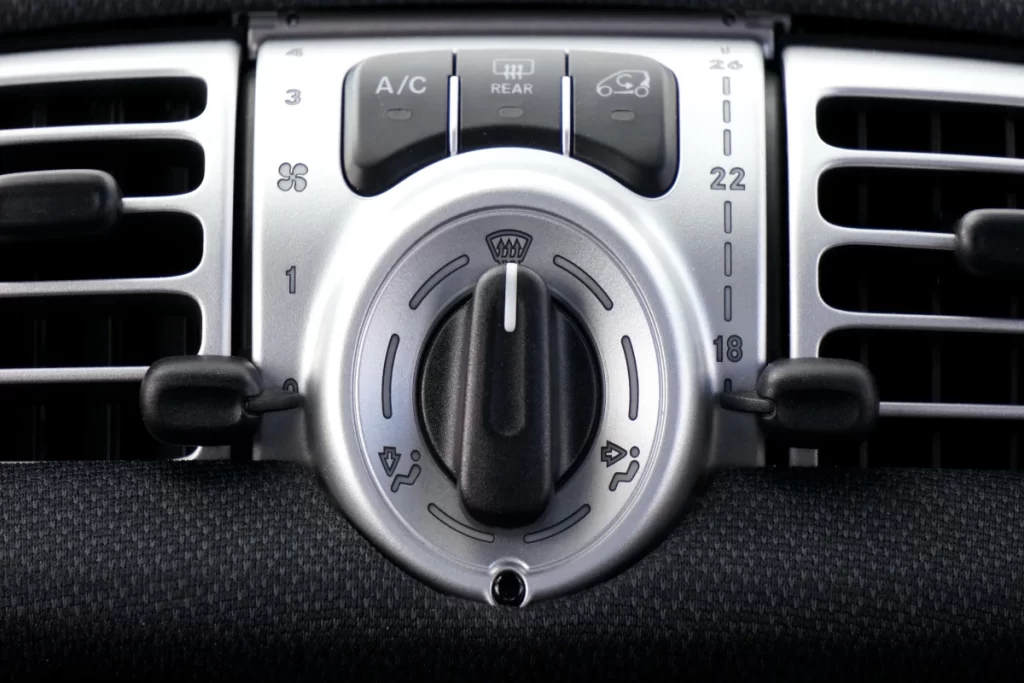
You should not continue driving your car after the engine overheats unless it’s necessary. Using the heater will pull heat away from the engine, which can buy you some time. However, it is not a fix to the issue and should only be used to get you to a safe place to pull over.
An overheating engine can be very serious. If left untreated, the fuel in your engine could catch on fire and turn into a life-threatening situation.
This is why you see smoke and steam rising from under the hood of the car.
While turning on the heater does help address the issue at that moment, it is not a cure.
The heater will only help pull the excess heat away from the heater and maintain a lower temperature. It will not fix the cause of the engine overheating.
There are several things you should do when you see your car overheating:
- Turn on the heater
- Pull over as soon as possible and safe to do so
- Allow the heater to cool off by switching off the engine
- Add coolant to your system, only when the engine is cooled down
- If possible, drive to the nearest car service station
Again, the heater should only be used to buy you some time.
The heater is incapable of replacing the coolant system, which is the most likely cause of the issue.
Use the heater to keep you cool and get to the nearest safe place to pull over.
It’s very important that you remain calm.
Many people instinctively want to slam on the brakes as soon as they see smoke rising from the hood of their car.
This is very dangerous for a few reasons, including:
- Can cause the cars behind you to crash into you
- This can cause the overheating to become exacerbated
- This could cause you to lose control of the vehicle
Remain calm, turn on the heater (not the A/C), and pull over.
Make sure you do not use the air conditioner.
The A/C pulls the cool air into the vehicle, which is not what you want to do.
Use the heater and open the windows to allow the heat to escape.
Should You Regularly Use the Heater to Cool the Engine?
The purpose of the heater is not to keep the engine cool. Rather, the engine naturally creates heat, which the heater recycles into the vehicle when it’s desired. The coolant system is responsible for keeping the engine at a manageable heat.
You shouldn’t get into the habit of using your heater to cool your engine.
This is not the intended purpose of your car’s heater system. Rather, the heater can serve multiple benefits, but it shouldn’t be the only system cooling the engine.
Using your car’s temperature control can help keep your car healthy.
The A/C and heater work to keep the car free of moisture build-up. This helps prevent moisture from accumulating in the engine and causing issues.
However, if you notice your car is overheating, don’t rely on the heater to keep it cool.
The engine coolant system should be regulating the temperature of the engine. If the system is failing, the heater can help, but shouldn’t be relied upon solely.
Conclusion
The car’s climate control system serves multiple purposes. It can help regulate the car’s heat, remove moisture, and prevent the car from overheating in an emergency.
To properly maintain your car, keep a close eye on coolant levels. We recommend keeping a container of coolant in the trunk of your car for emergency purposes.
If you suspect there’s an issue with your car’s coolant system, get it checked out. An overheating engine can cause permanent damage to your car or possibly cause a fire!
Sources
Primary Energy: What is Recycling Energy?
Universal Technical Institute: WHAT IS CAR ENGINE COOLANT? EVERYTHING YOU NEED TO KNOW
Encyclopedia Britannica: Cooling system
How a Car Works: How an engine cooling system works
Thyssen Krupp: Melting point of aluminium
Holts Auto: How Often Should I Top Up Coolant/Antifreeze?
Cars: Water Pumps: What You Need to Know
Get Jerry: What To Do If Your Temperature Gauge Maxed Out
Geico: What To Do If Your Car Overheats
Greg’s Japanese Auto: How Do Your Car’s A/C and Heater Work?

